I received my new Voigtlander 35mm Nokton f/1.2 VIII two days ago, on Monday (March 13, 2020), an expedited delivery from cameraquest. I have been using Leicas (among other cameras) since 1986. During the summer of 1989, thanks to a local camera store, Leica France lent me an M6 and 35mm Summicron for my first trip to the USA. I was hooked and it took me another 4 months to acquire a used one (which I am still using).
Immediately after getting my M6 I bought an almost new 35mm Summicron from a good friend (which I am still using too (the lens and the friend)). By that time 35mm lenses were (and still are) my go-to lenses. I can elaborate on that but that would take us too long and could be the topic of another post.
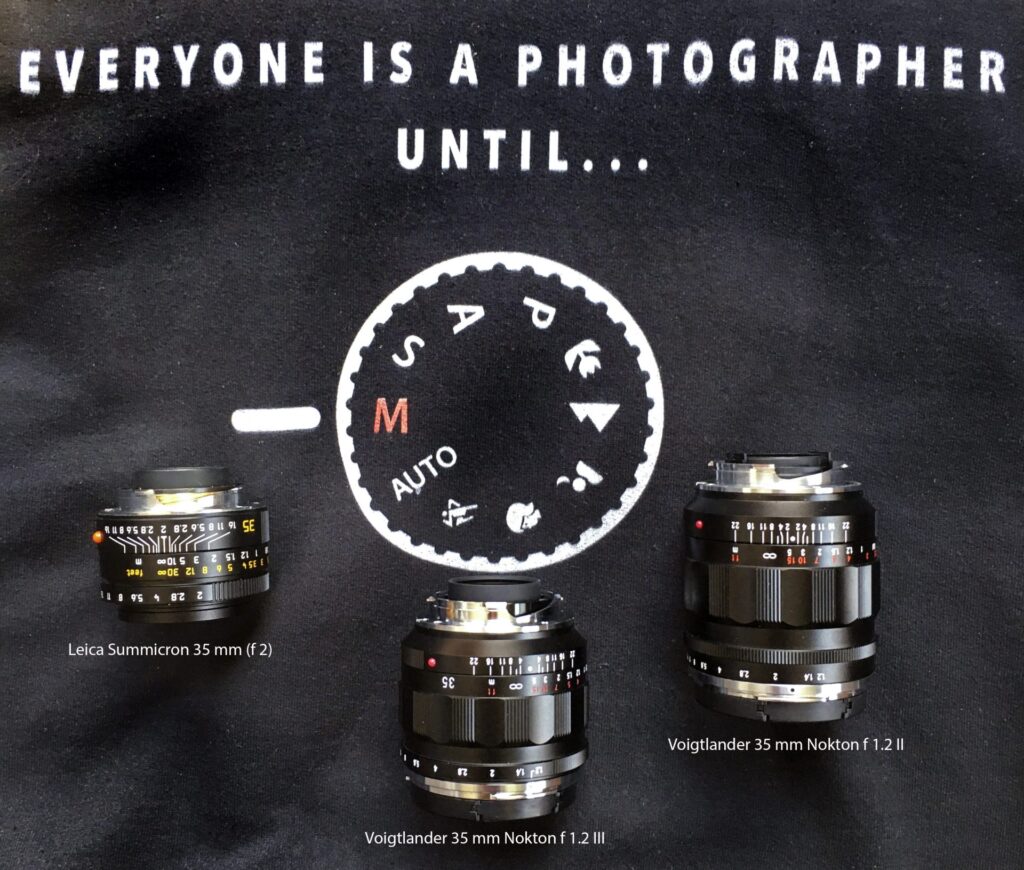
My History with Noktons f/1.2
A few years ago I was intrigued when Voigtlander announced the second generation of their 35mm Nokton f/1.2 lens. The reviews I read convinced me that the robustness of its construction and the optical qualities of the lens, beyond its maximum aperture argument, made it an investment I could consider. So I did splurge and soon used it on my M6 and my (also bought-used) M240.
I found myself really enjoying the lens and the results I got from the Nokton: it is well-made, sharp, and good at its f/1.2 maximum aperture – although it does produce a lot of vignetting. To be frank and open, my rule is: once one knows one’s tools, one uses them for what they do best. In the case of the Voigtlander 35mm Nokton f/1.2, thats very shallow depth of field and vignetting. I tend to limit my post-processing to what I would do in my darkroom, mainly a little dodging and burning in order to match my “pre-visualization” as Ansel Adams would put it. However, I could still rely on the Nokton for very sharp images above f/2.8.
The caveats of the Nokton however where its weight and its length, the latter obstructing the viewfinder especially with its over-priced, dedicated bayonet mount lens hood. This weight and length, in the long run, made me go back to my old Summicron whenever I had to travel (which I do for personal and professional reasons, going back and forth between the US and France). I must confess that I got that so lazy about carrying this equipment that I even invested in a used X100T when the opportunity came.
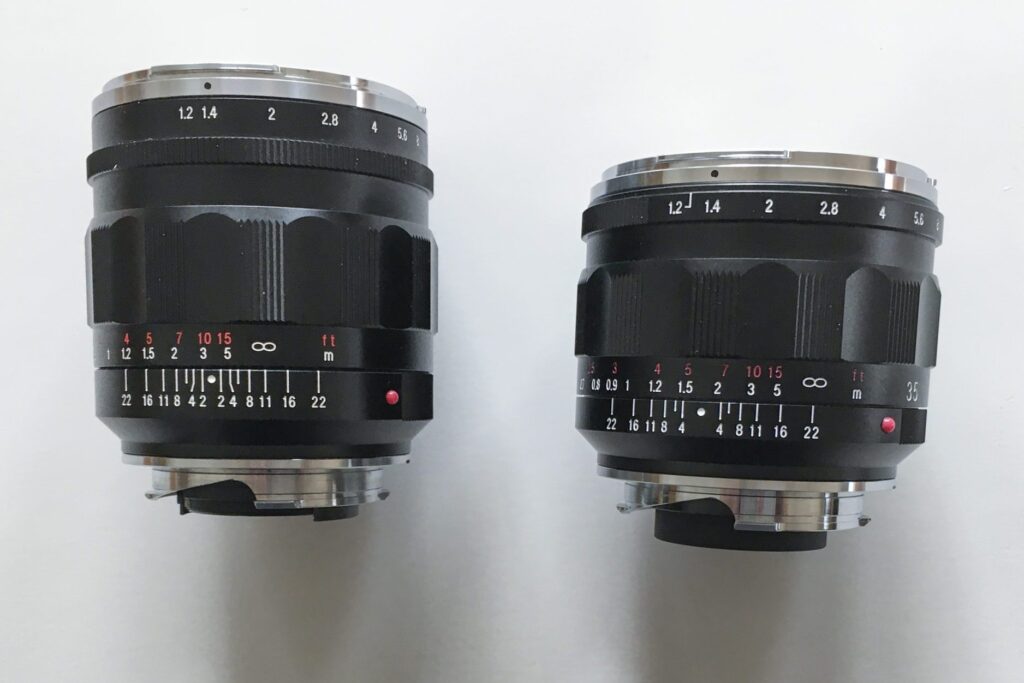
Step up the Voigtlander 35mm Nokton f/1.2 VIII
The reasons I bought the Voigtlander 35mm Nokton f/1.2 VIII were that it seemed to address the two caveats mentioned above: weight and length. The version III is 50.5mm long against 62mm for version II, 332g against 470g. The lens has also been redesigned to allow such a compression in size and weight: 9 elements in 7 groups instead of 10 elements in 7 groups for the previous version (II). For further comparison, the Rolls Royce of 35mm, the Leica Summilux has 9 elements in 5 groups.
The aperture is composed of 12 blades which provides a smooth out-of-focus image (aka bokeh). The lens is very sturdy with an all-metal barrel. Both version II and version III contain aspherical elements which account for the image quality that one gets out of these two lenses.
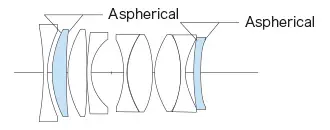
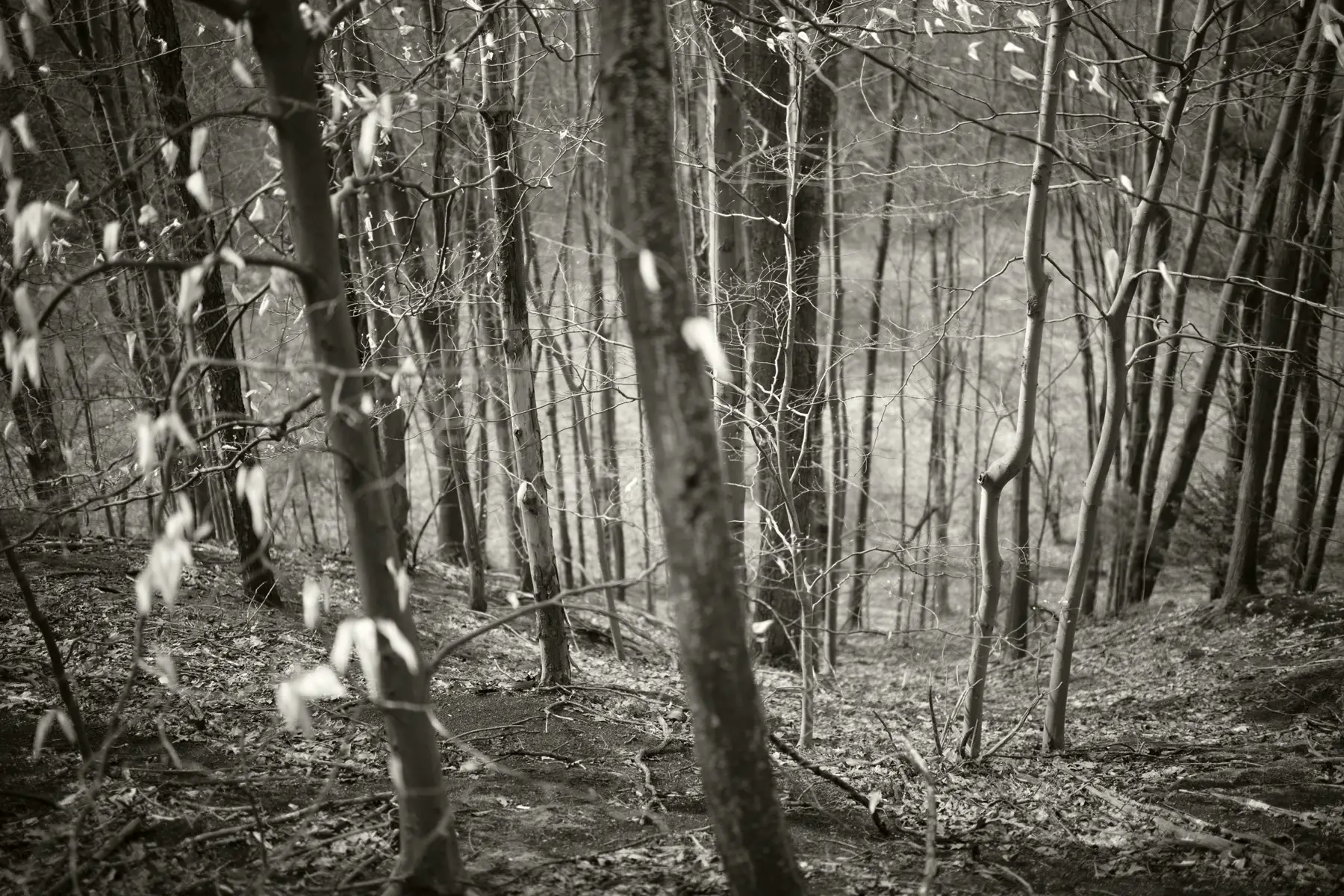
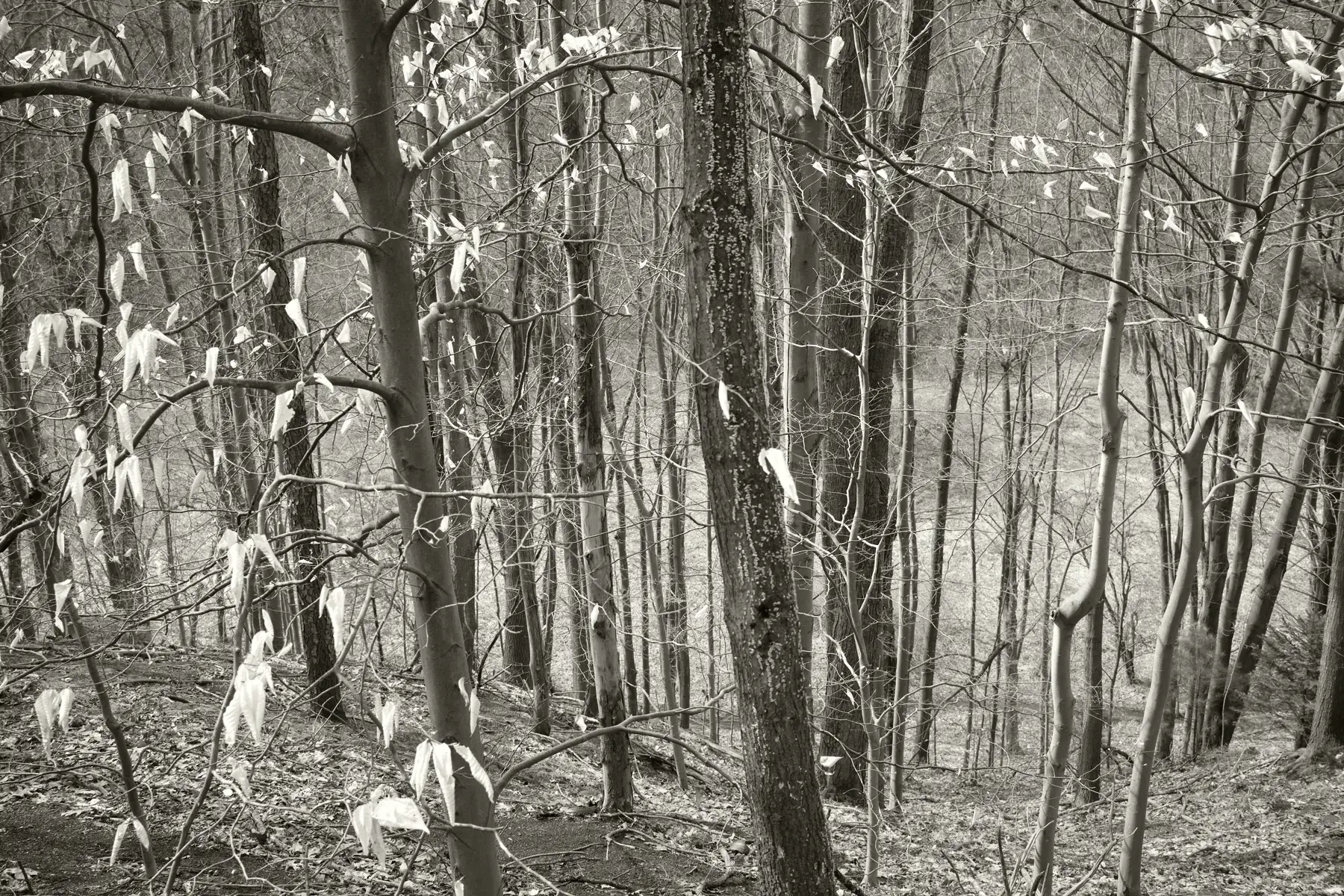
Voigtlander 35mm Nokton f/1.2 VIII, f/1.2 vs. f/8
After testing the Voigtlander 35mm Nokton f/1.2 VIII with my M240 on Monday, I went out again with the older version II on Wednesday and here are my conclusions: At its widest apertures (f/1.2 and f/1.4) version III looks definitely sharper especially on the edges and in the corners. The corners were a little soft with version II.
As a note, they can be extremely soft in the two other iterations of 35mm lenses produced by Voigtlander. The much smaller f/1.4 Classic and MC (Multi-Coated) are very compact but images are really soft in the corners at f/1.4 and f/2.
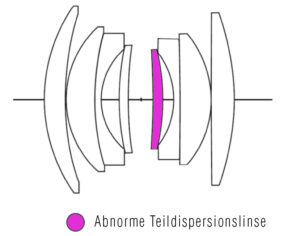
Vignetting looks slightly more pronounced in the Voigtlander 35mm Nokton f/1.2 VIII than version II. Though this issue is easily correctible while processing the files in most image software, so does not stand as an issue for me. It also adequately disappears when stopped down.
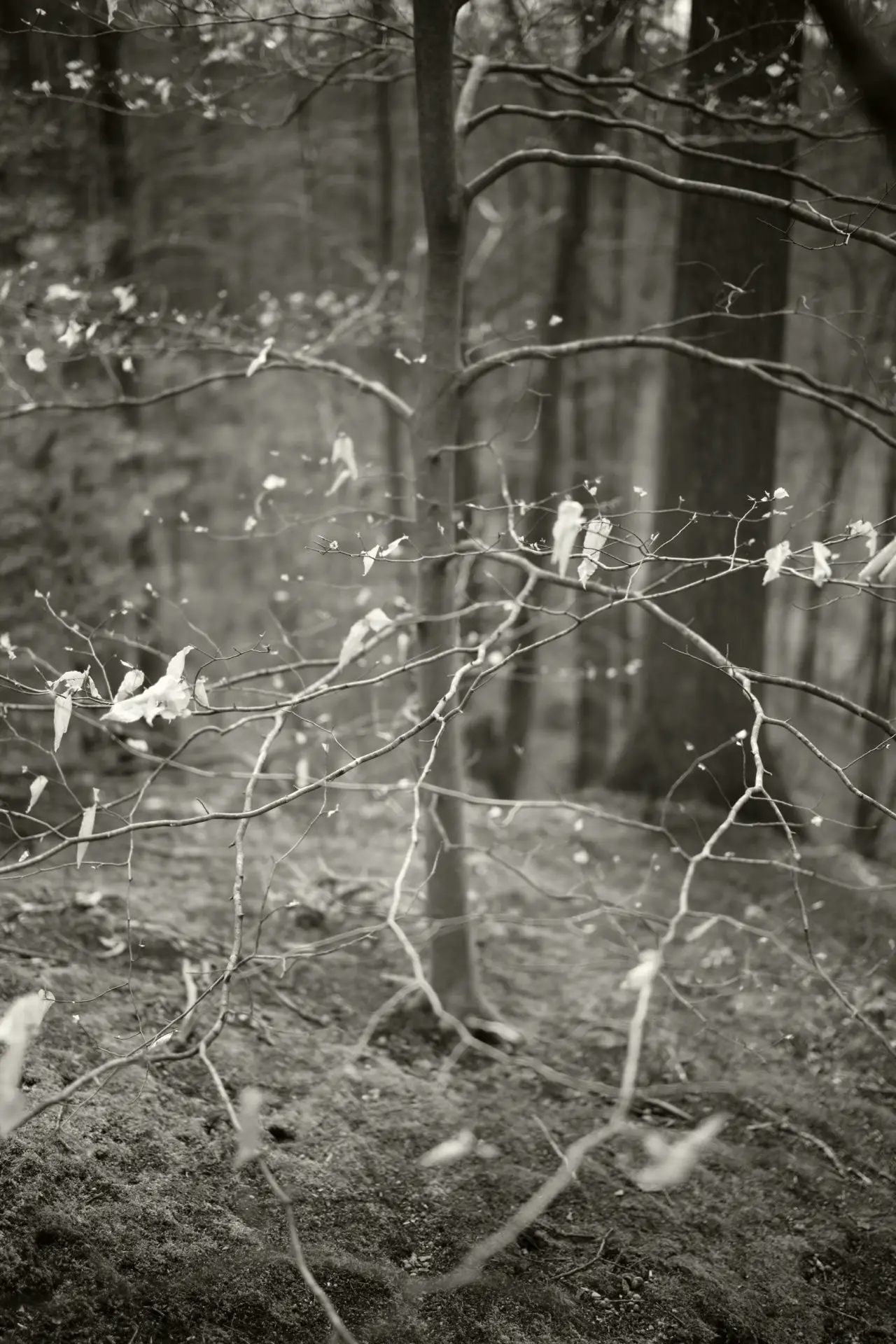
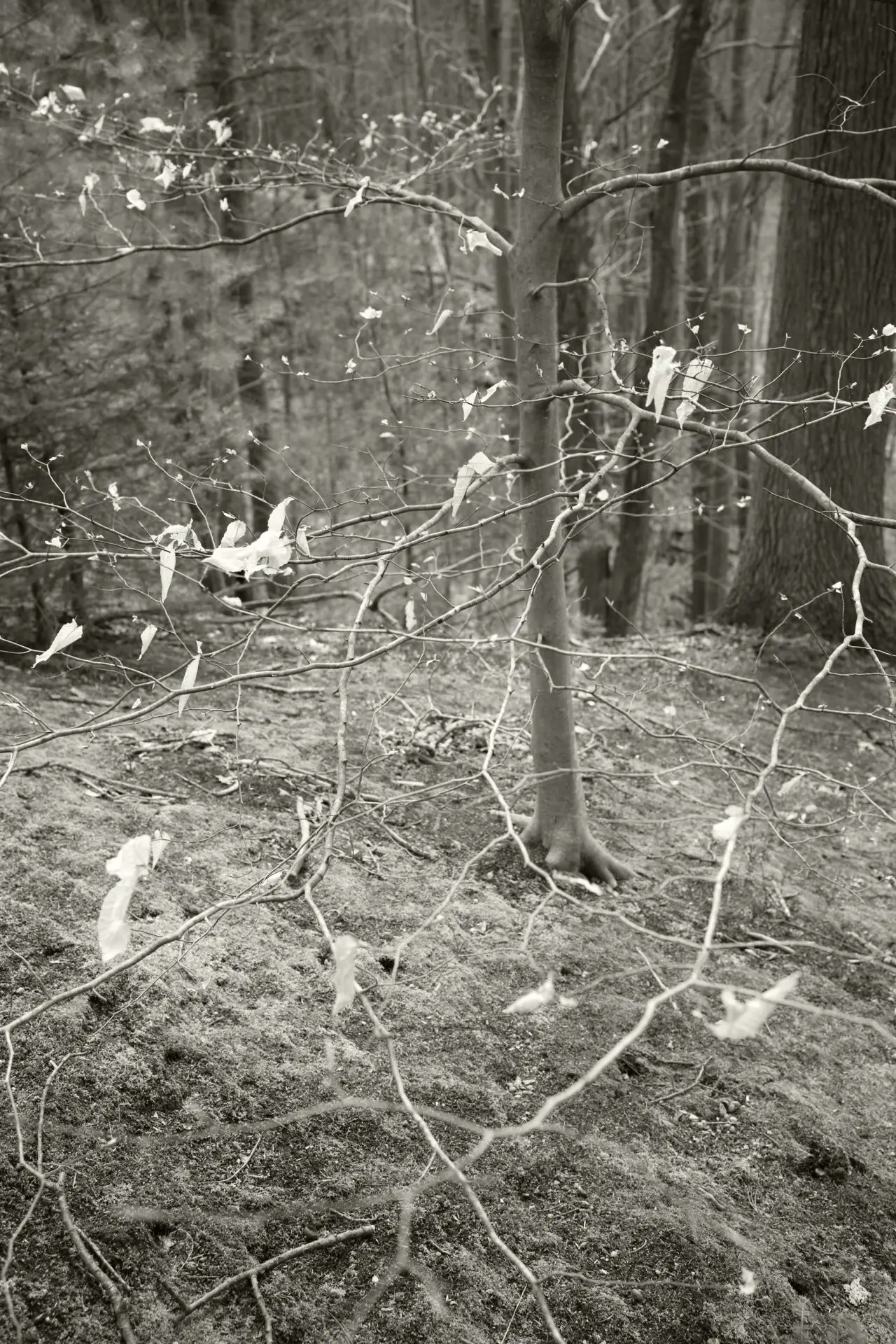
Voigtlander 35mm Nokton f/1.2 (V. III), at f/1.2 vs f/4
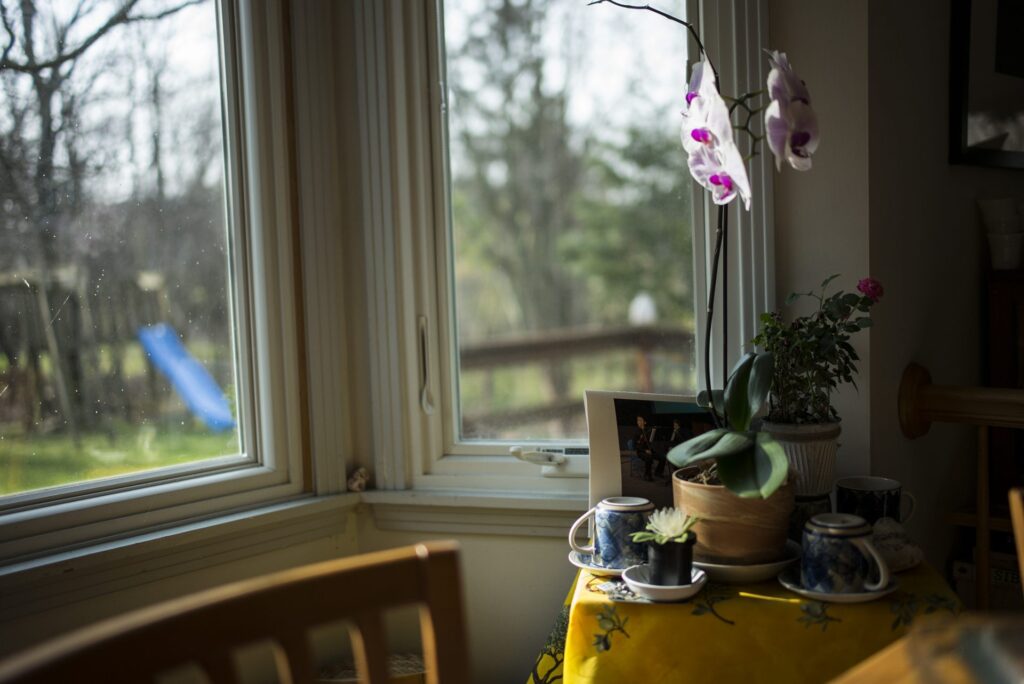
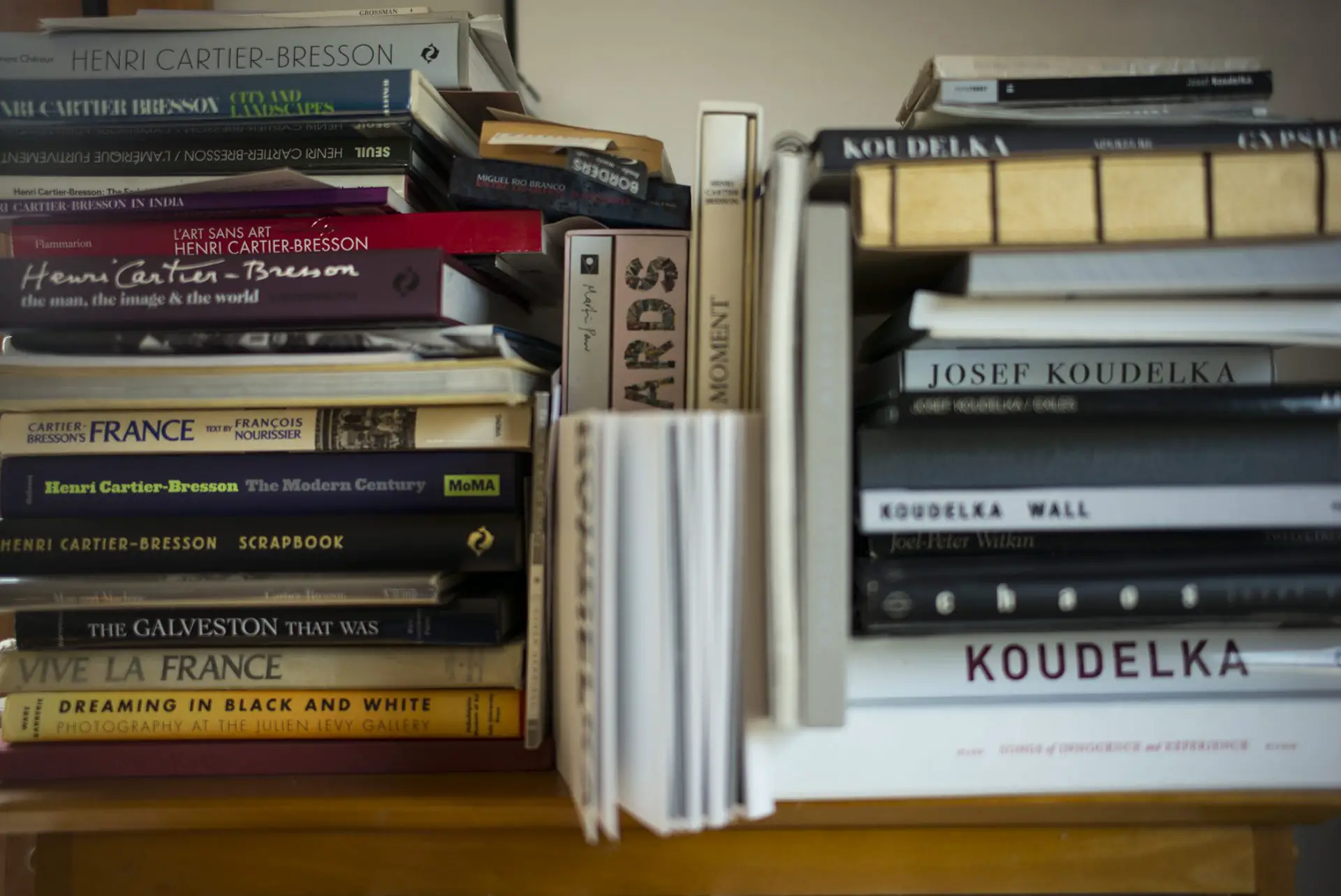
Final Thoughts
I am going to make further comparisons with the Fuji X-series 23 mm f/1.4 which is a more voluminous lens, despite the fact that it is for an APS-C format sensor, and the new Nikon 35mm f 1.8, which is even more voluminous still. After all, and with age, size matters to me.
At this point the Voigtlander 35mm Nokton f/1.2 is between $100-150 more expensive than its predecessor (around $900 versus $1050) and, in my opinion, is worth the difference although in image quality both lenses are close with a slight advantage to version III.
When it comes to quality and budget, I would highly recommend the Voigtlander 35mm Nokton f/1.2 VIII.
Share this post:
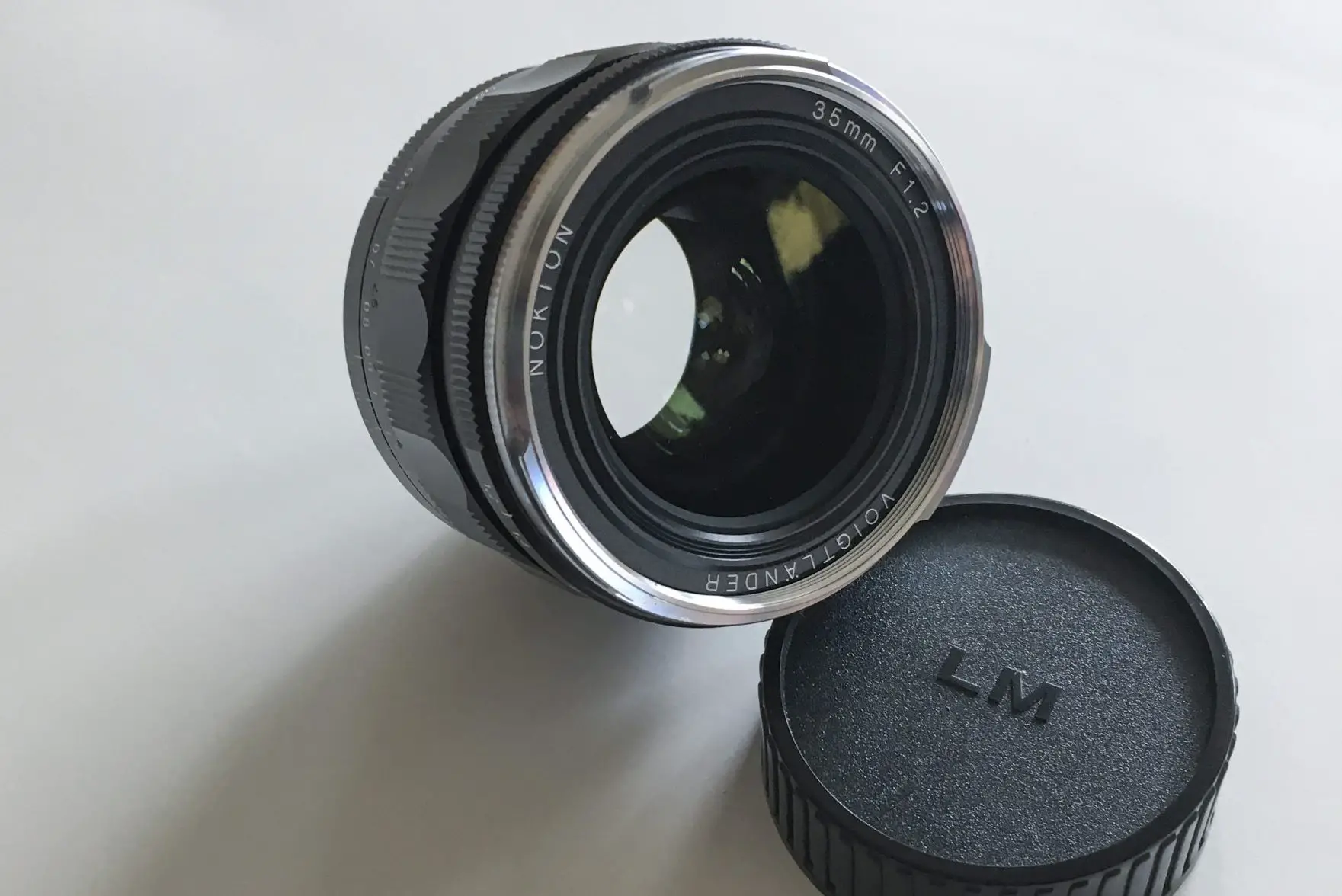








Comments
Bob Janes on Voigtlander 35mm Nokton f/1.2 VIII – By Bruno Chalifour
Comment posted: 08/06/2020
Comment posted: 08/06/2020
jose gulias on Voigtlander 35mm Nokton f/1.2 VIII – By Bruno Chalifour
Comment posted: 08/06/2020
Chris on Voigtlander 35mm Nokton f/1.2 VIII – By Bruno Chalifour
Comment posted: 08/06/2020
Comment posted: 08/06/2020
Comment posted: 08/06/2020
Chris Andreyo on Voigtlander 35mm Nokton f/1.2 VIII – By Bruno Chalifour
Comment posted: 09/06/2020
Very nice comparison you’ve wrote.
How do you find the rendering/ character between the two Noktons?
I have the original V1, and love it for is vintage look, but have had the 40mm 1.2 also, and equally like it’s more modern character.
Would you say the VIII is more modern in its character Like the 40mm 1.2, or is is a lot like the classic look the V1 and VII offer?
Cheers,
Chris
Comment posted: 09/06/2020
Chris Andreyo on Voigtlander 35mm Nokton f/1.2 VIII – By Bruno Chalifour
Comment posted: 10/06/2020
The 35mm 1.2 Nokton series, has always been one of my favourite Voigtlander lenses, because their is no real comparison speed wise aside from the Zenit 35mm, which is extremely hard to find. I’m glad to see they are constantly seeking to improve it somehow.
Bruno Chalifour on Voigtlander 35mm Nokton f/1.2 VIII – By Bruno Chalifour
Comment posted: 10/06/2020